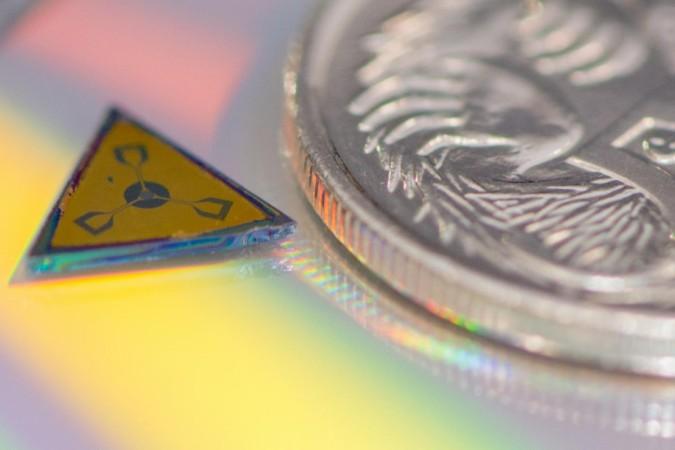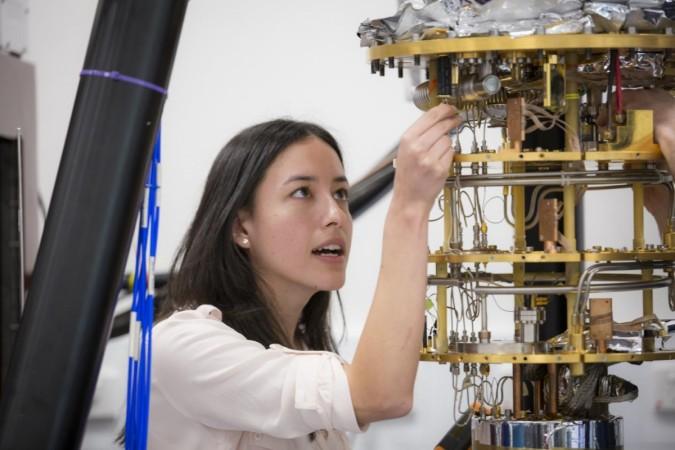
A team of Australian researchers at the University of Sydney and Microsoft has just developed something called a "microcircuit" that is essential for the scale-up of quantum computing. The component has been built using an entirely new phase of matter which was first discovered in 2006.
Dubbed "topological insulators," this new phase of matter is beyond the more familiar phases, including solid, liquid and gas. These are mainly materials that operate as insulators while also having surfaces that act as conductors.
These materials can be manipulated to make the circuitry essential for the interaction between quantum and classical systems, which is crucial for building a working quantum computer.
The theoretical work highlighting the discovery of topological insulators was awarded the 2016 Nobel Prize in Physics. However, this is the first time this new phase of matter has been used in the world, in a practical application, according to the researchers.
What they basically have made, using topological insulators, is a microwave circulator that acts as a traffic roundabout, ensuring that electrical signals only spread in one direction. The device is not unlike what we have seen in mobile phone base-stations and radar systems, but the key differentiating factor is its tiny size.
While typical circulators are about the size of our hand, this microcircuit is 1,000 times smaller than a normal microwave circulator. The researchers pulled this off by exploiting the properties of topological insulators to slow the speed of light in the material.

By making the component super tiny, the researchers managed to accommodate many circulators inside a chip, making it easier to be manufactured in the large quantities that will be needed to build quantum computers. The invention has been explained in a research which was published in the journal Nature Communications on Tuesday.
"It is not just about qubits, the fundamental building blocks for quantum machines. Building a large-scale quantum computer will also need a revolution in classical computing and device engineering," David Reilly, the leader of the Sydney research team, said in a statement.
"Even if we had millions of qubits today, it is not clear that we have the classical technology to control them. Realising a scaled-up quantum computer will require the invention of new devices and techniques at the quantum-classical interface," Reilly added.
Alice Mahoney, the lead author of the research paper and a PhD candidate, said that it was possible to implement compact circulators in a number of quantum hardware platforms, "irrespective of the particular quantum system used."
Practical quantum computers are still some years away. But once they are available, scientists are expected to solve extremely complex computations that are beyond the capabilities of the contemporary machines.















